The Alarming Rise of Death Threats on U.S. Campuses: What You Need to Know and How to Protect Yourself
The rise of death threats on university campuses is a troubling trend that has garnered increasing attention in recent years. These threats severely impact the safety, stability, and well-being of students, creating an atmosphere of fear and anxiety that disrupts the educational experience. Incidents of intimidation can arise from various sources, including political disagreements, participation in protests, or tensions between student groups. Each threat not only targets individuals but also sends ripples throughout the entire academic community, undermining trust and cooperation among peers.
The effects of such threats extend beyond immediate fear; they disrupt the learning environment, hindering students’ ability to focus on their studies and engage in meaningful discussions. When students feel unsafe, their academic performance and overall mental health can suffer significantly.
Moreover, these actions threaten the stability of campus life, where open dialogue and the respectful exchange of ideas should flourish. The presence of death threats forces students to navigate an environment that should be a sanctuary for growth and learning but instead becomes one of heightened vigilance and self-censorship. This not only harms individual students but also weakens the fabric of the entire campus community, as fear of retaliation can stifle free expression and discourage participation in campus activities.
As advocates for a safe and inclusive academic environment, we believe it is crucial to address these issues head-on. It is essential for universities to implement robust policies and support systems that prioritize the safety and well-being of all students, fostering an atmosphere where education can thrive without the shadow of fear.
What To Do if You Receive a Death Threat
Receiving a death threat is a frightening and deeply unsettling experience. Here are crucial steps you should take to protect your safety and ensure the threat is handled appropriately:
- Immediate Reporting
- Report any threatening message to campus administration and campus police, if available. Universities have systems to handle such threats and take protective measures to ensure your safety.
- Involving University Administration and Law Enforcement
- Report the threat immediately to your university administration. They can mobilize campus resources, such as security, and take swift action to protect you and the broader student body.
- Involving local law enforcement ensures that the threat is treated with the seriousness it warrants. Collaboration between the university and law enforcement is key in addressing such threats effectively.
- Monitoring and Documentation
- Keep detailed records of the threat—take screenshots of messages, note the time they were received, and document any other relevant details. This information will be crucial for authorities to investigate and respond appropriately.
- Personal and Professional Support
- Death threats can be highly traumatic, severely impacting your mental and emotional well-being. Reach out to close friends, family, or professional counselors for support during this stressful time.
- Alertness and Personal Safety
- After receiving a threat, take extra safety precautions. Avoid isolated areas, inform trusted people about your situation, and be vigilant of any unusual behavior around you.



